Brother Walfrid: The Irish Monk Who Founded Glasgow Celtic
Have you ever wondered why there are sectarian banners regarding the Republic of Ireland in the crowd or why the tricolour flag is flown at Celtic Park during every Celtic game you watch on TV or attend? Since 1888, there has been a strong connection between the Emerald Isle and the Scottish club, both on and off the field.
The rationale behind this stems from a monk’s desire to improve the neglected communities in Scotland and feed starving children in the area. This is the story of the Irish Monk who founded Celtic Football Club, whose vision extended beyond the football pitch.
“A football club will be formed for the maintenance of dinner tables for the children and the unemployed.”
Brother Walfrid’s Pledge
In 1840, Andrew Kerins was born in Ballymote, Co. Sligo. During this time, there were an estimated 126,000 Irish-born residents in Scotland. For young males, emigration was the only option during this time, as it was the period of Ireland’s Great Famine and subsequent period of severe poverty. Although it is unknown how the Kerins family fared during the unrest, Sligo was destined to experience the worst of the Famine. That being said, it is reasonable to suppose that the Kerins family, being of farming origin, would not be immune to catastrophe.
15 years later, Andrew left the Republic of Ireland for Scotland to find work on the railways, Andrew and his friend sold a calf at a fair to earn enough money for the one-way trip. In 1864, he took the Marist Brotherhood pledge and the name Brother Walfrid. Andrew Kerins was named “Walfrid” after an Italian religious figure named Galfrido of Pisa. Galfrido translates in English to “Walfrid”. He was then selected to work at the Sacred Heart School in the city’s East End to meet the academic and spiritual requirements of the students. Four years later, Brother Walfrid was appointed headmaster of the Sacred Heart School.
This area was very neglected, with many Irish immigrants settling here. Brother Walfrid set up “penny dinner” tables, which gave the children living in poverty at least one meal a day. 4,750 of the 11,675 recorded fatalities in Glasgow in 1888 involved children under the age of five.
After working and helping around the area, Brother Walfrid had an idea to raise money for the poor living in the East End, majority Catholic and Irish. This idea involved creating a football team to help raise money for the poor.
Brother Walfrid’s football club wouldn’t be the first Irish-founded club in Scotland. In 1875, Hibernian Football Club was founded by Canon Edward Joseph Hannan from Ballingarry, Limerick, and Michael Whelehan from Roscommon. Hibernian FC was founded to help the men in the neighbourhood be active and to provide them with a break from the social issues that came with living in cramped tenements.
“A football club will be formed for the maintenance of dinner tables for the children and the unemployed”
Brother Walfrid
The Founding of Celtic
In 1887, in St. Mary’s Church Hall, the Celtic Football Club was founded. The name Celtic was chosen as it was fundamental to the club’s beliefs and objectives in creating an intangible bond between the native Scots and newly arrived immigrants whose offspring would be born Scottish. It’s interesting to note that Walfrid said “Keltic” as opposed to what is more commonly used, “Seltic.” A week later, Celtic had leased an area for their pitch off the Gallowgate in Parkhead. In 1891, the landlord of the land increased the rent from £50 per annum to £450. Due to the rent increase, Celtic chose to relocate.
It is not his creed nor his nationality which counts, it’s the man himself.
Willie Maley
The first sod of turf that was laid at the new Celtic Park in 1892 was imported from Co.Donegal in the Republic of Ireland. It was planted by an Irish Republican leader, Michael Davitt.
In 1888, Celtic Park hosted 2,000 supporters for a friendly game between Celtic and Rangers that saw Celtic win 5-2. They wore white shirts with a green collar and a green and red cross on the right side of the chest. A year later, the club changed their kit to green and white stripes.
In the 1892 Scottish Cup final at Ibrox, Celtic defeated Queen’s Park 5-1 to win the trophy for the first time in club history. The following year, Celtic won their first Scottish League Championship, finishing one point clear of their rival Rangers at the top of the league.
In 1897, Brother Walfrid appointed Willie Maley as the first Celtic manager. Willie was born in County Down, Ireland. He was only 29 years old when he was appointed. Willie spent 43 years as manager of the club while winning multiple trophies during this time including five titles and four Scottish Cups.
“My love for Celtic has been a craze. Without it my existence would be empty indeed.”
Willie Maley
Fourteen years after wearing green and white stripes, Celtic changed their jerseys, yet again. This time they wore green and white hoops which is still worn to this day.
Legacy
In 1915, Brother Walfrid passed away in Scotland. He was buried in Dumfries, Scotland. Two monuments have been dedicated to Brother Walfrid, one in Ballymote and one in Glasgow.
In 2017, a Postgraduate student Michael Connolly was funded £25,000 grant from Glasgow-based arts group Nine Muses, to research an in-depth project to raise awareness of his work to tackle poverty.
More than a century later, Celtic has grown into an institution of sporting excellence and community spirit, boasting 53 Scottish League Titles, 41 Scottish Cups, and international accolades including a European Cup. The club continues to honour its Irish-Scottish heritage, celebrating its founders and heroes like Brother Walfrid, whose memorials stand in both Ballymote and Glasgow.
Outside Celtic Park, there is a 10-foot bronze sculpture of Brother Walfrid that cost £30,000 funded entirely by donations organised by the Brother Walfrid Committee.
In his hometown, Ballymote Celtic Football Club is located in Corran Park, also known as the Brother Walfrid Memorial Park. The club crest is a four-leaf clover. Also in Ballymote, there is a bust of Brother Walfrid that was unveiled in 2005. This is how his hometown remembers his legacy a century later.
“Celtic is our legacy, left to us by the courage and vision of Irish men like Brother Walfrid, John Glass and Pat Welsh.
Brian McGuirk, author of Celtic FC: The Ireland Connection
During Celtic’s 137-year history, they have appointed six Irish managers, Brendan Rodgers, Martin O’Neill, Neil Lennon, Liam Brady, Sean Fallon and Willie Maley. They have also purchased Irish players like Roy Keane, Robbie Keane, Liam Miller and Mick McCarthy. To this day, across the island of Ireland, there are more than 40 official supporter clubs included in the database of the Association of Irish Celtic Supporters Clubs (AICSC).
“We didn’t just happen to support Celtic; Celtic is a part of us. Celtic for us is so much more than a football club. Celtic is an institution, an identity and a celebration of being Irish or being of Ireland”
Brian McGuirk, author of Celtic FC: The Ireland Connection
Celtic’s history shows sport as a catalyst for community cohesion and social welfare—a legacy that began with a simple but powerful idea from an Irish monk, Brother Walfrid.


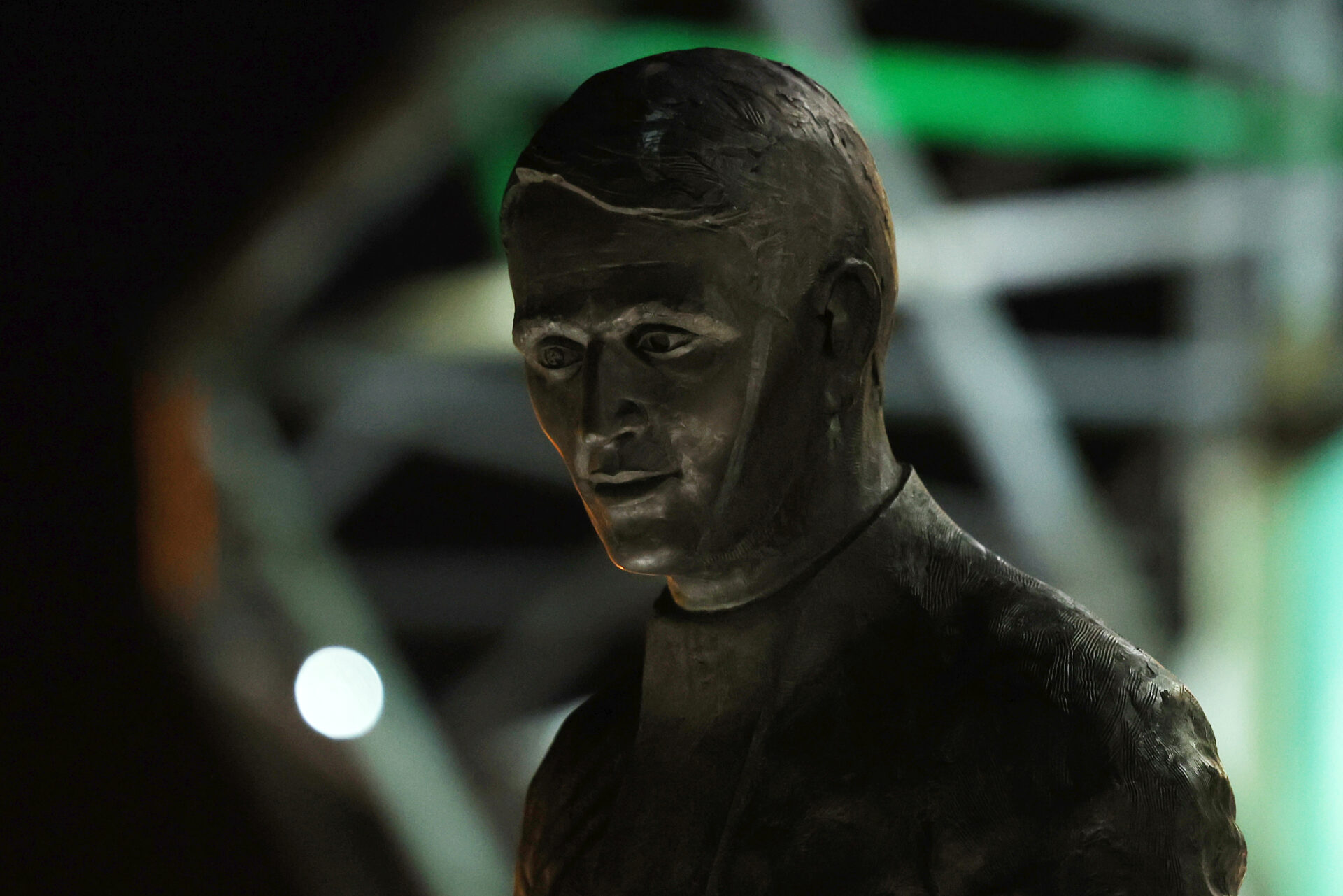

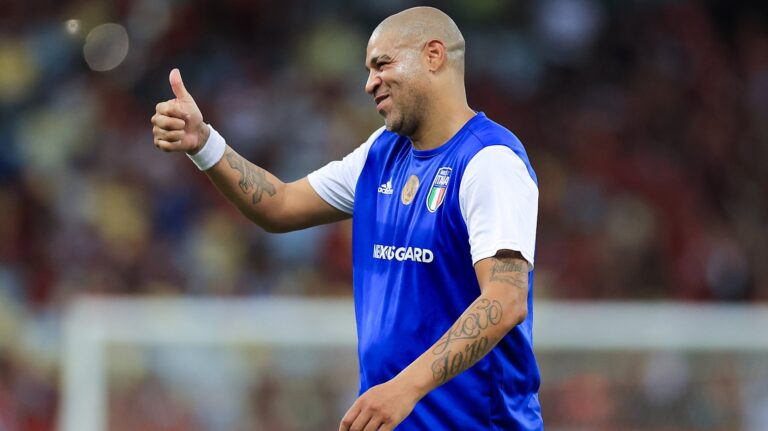
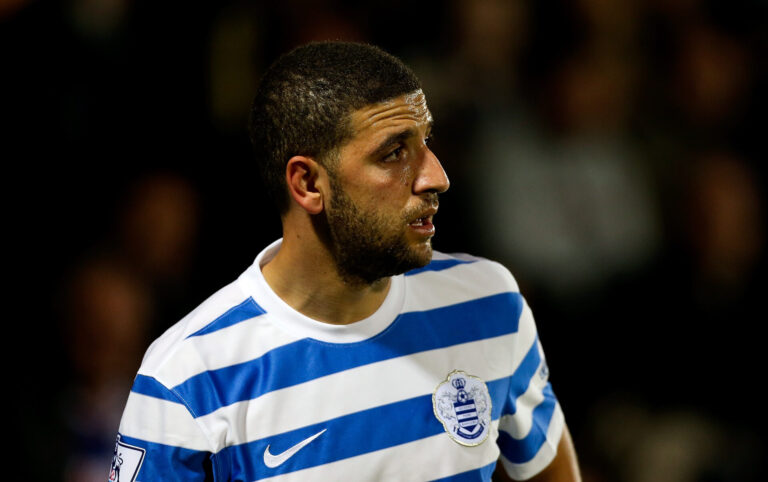
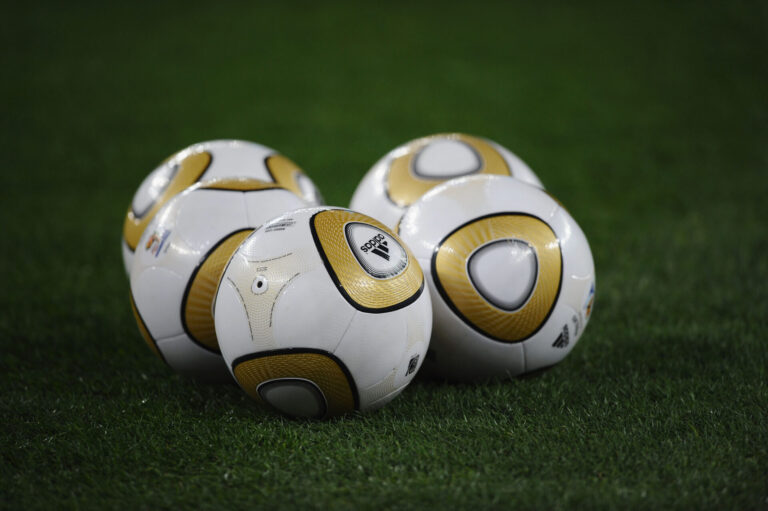
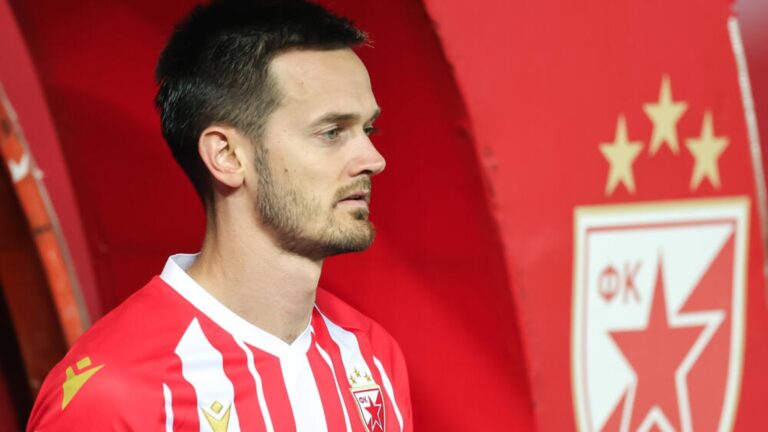

One Comment